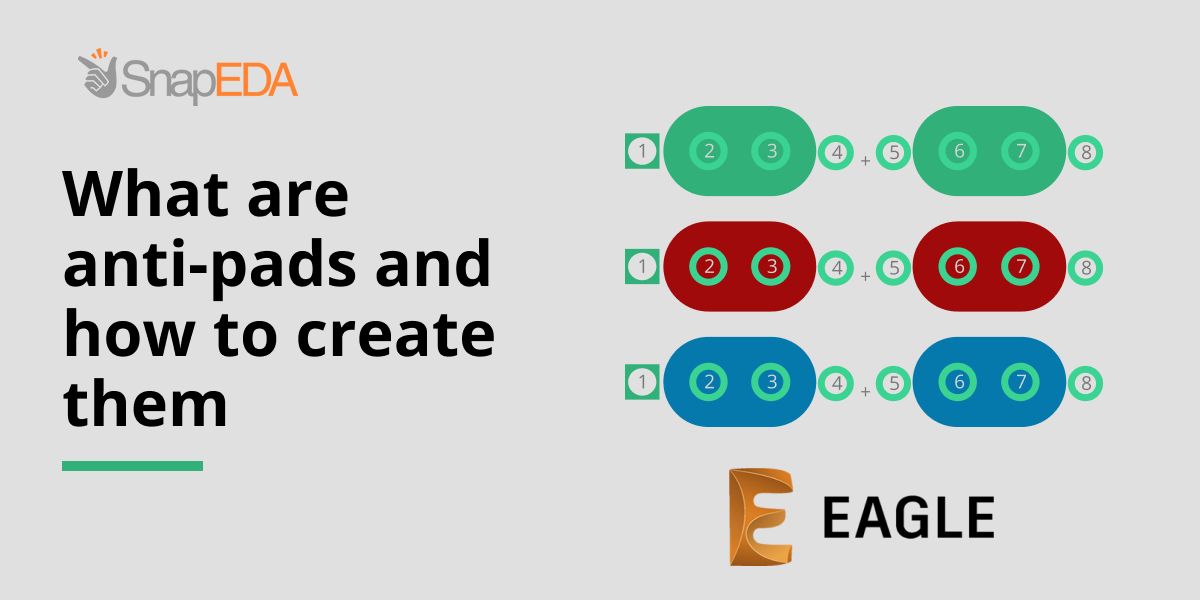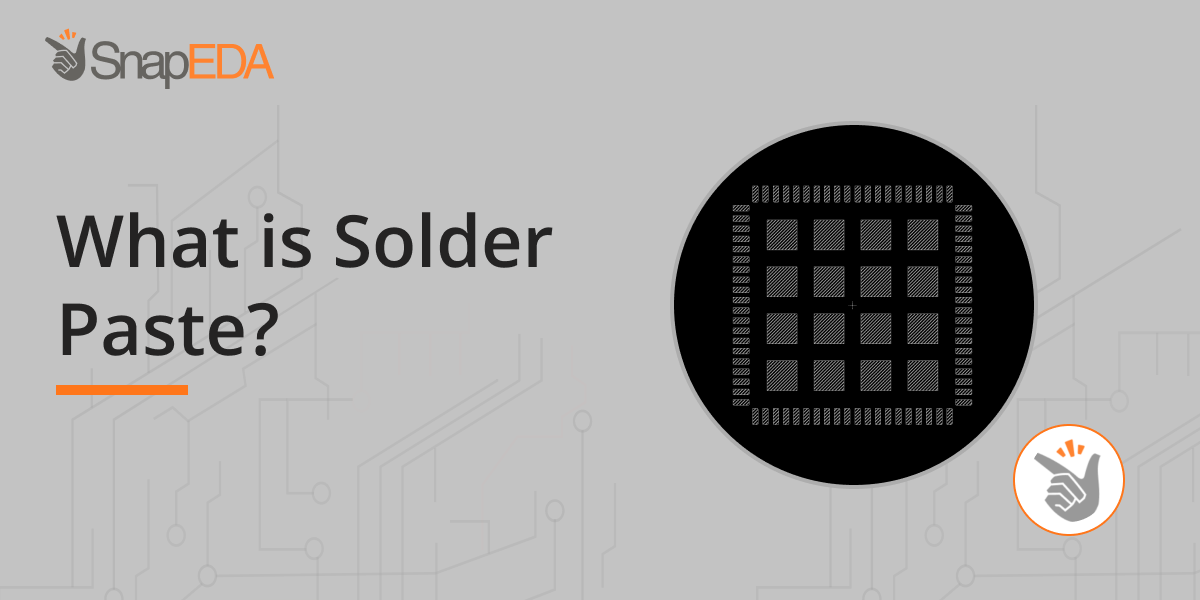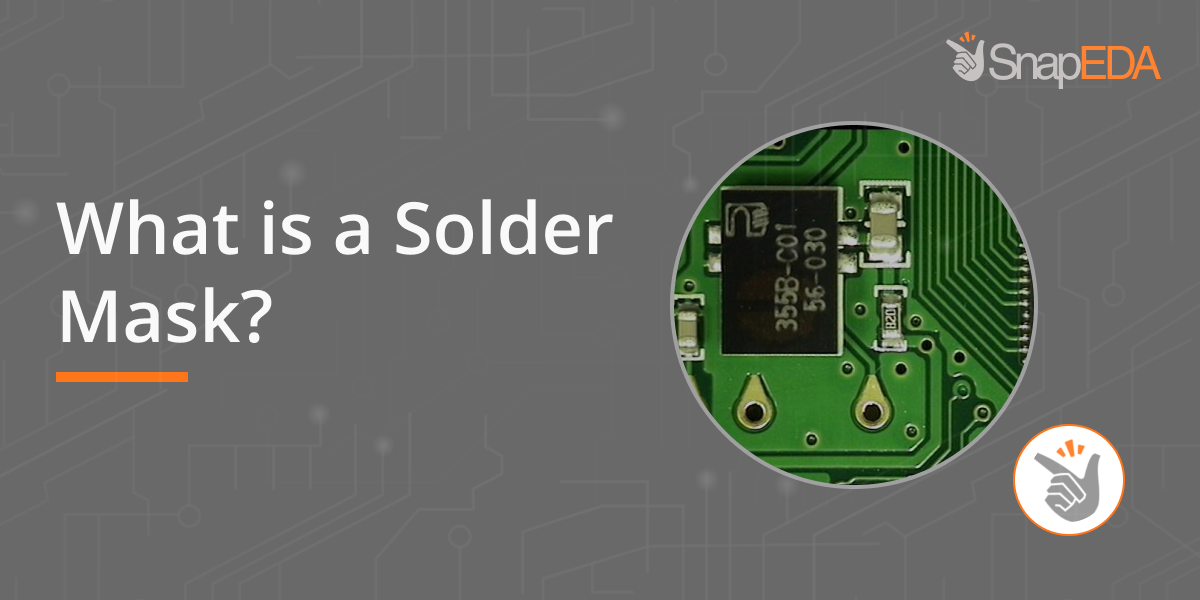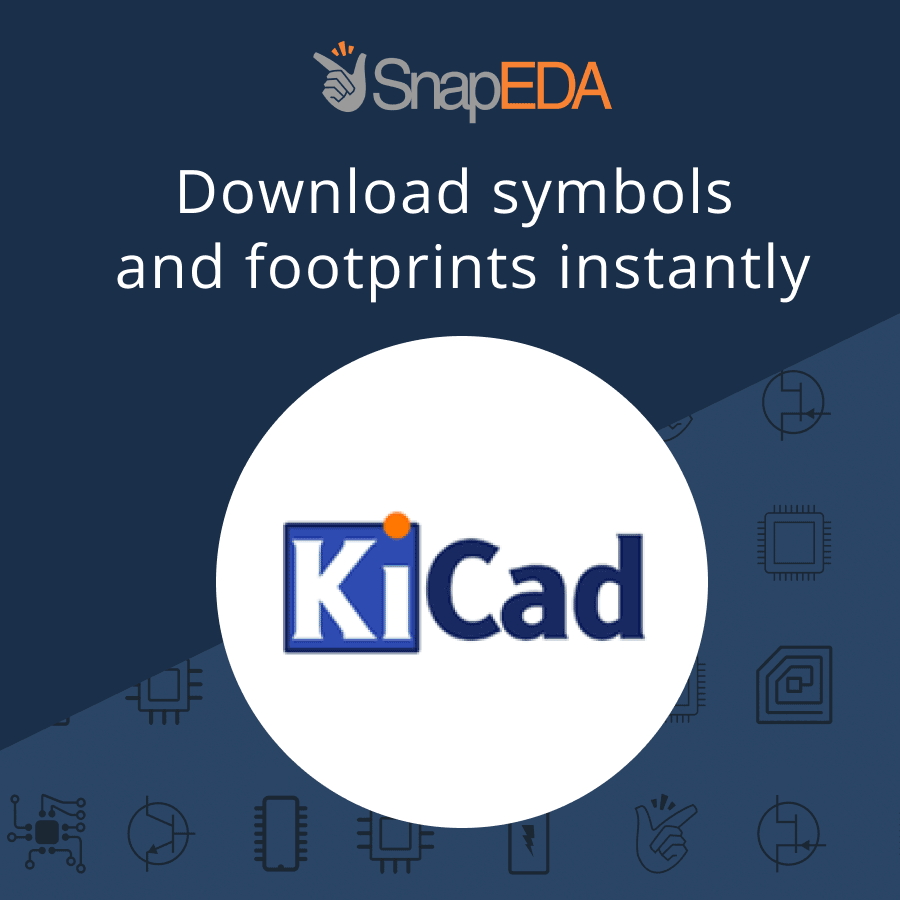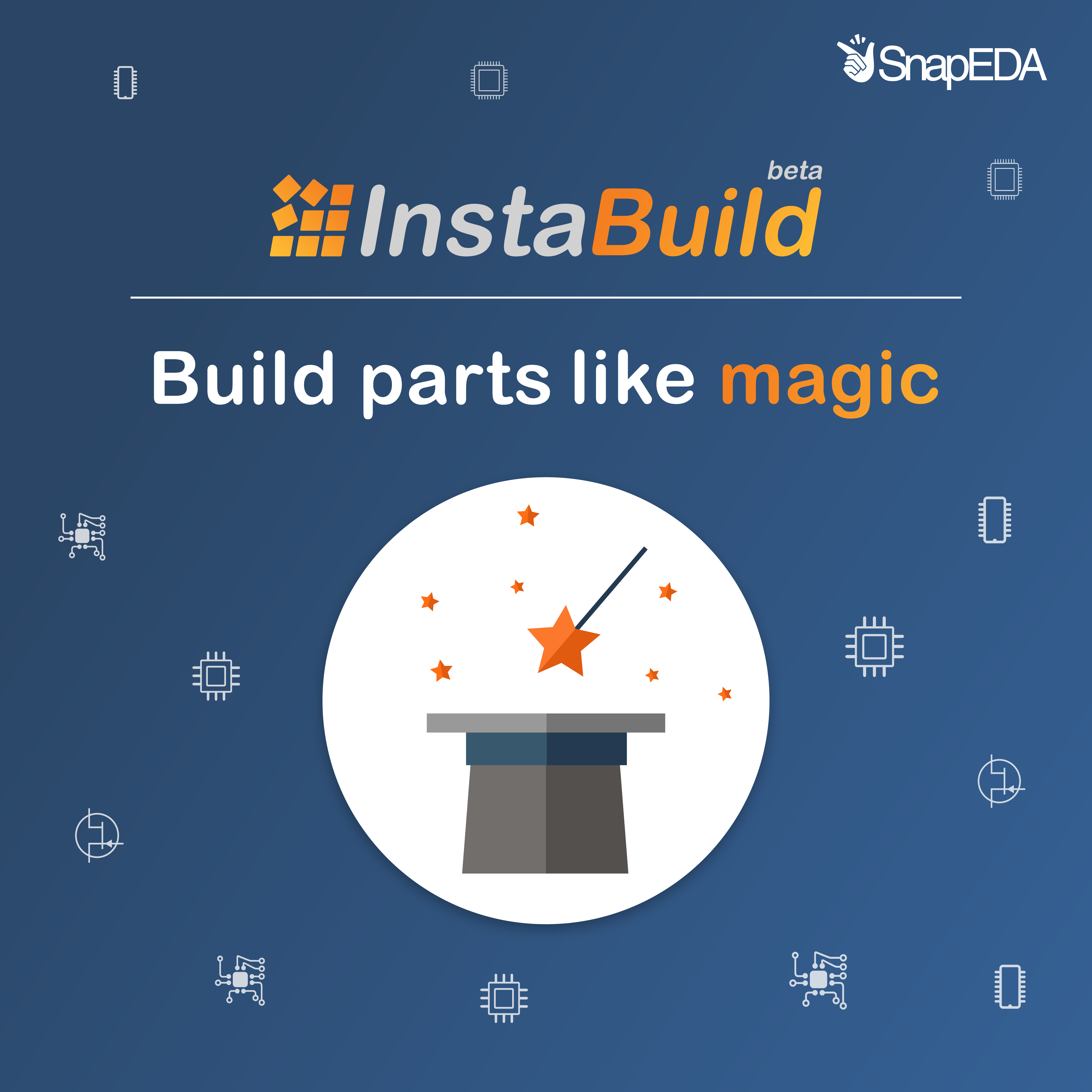4. Click Download to get the E-CAD models and export them to your desired PCB design tool
-
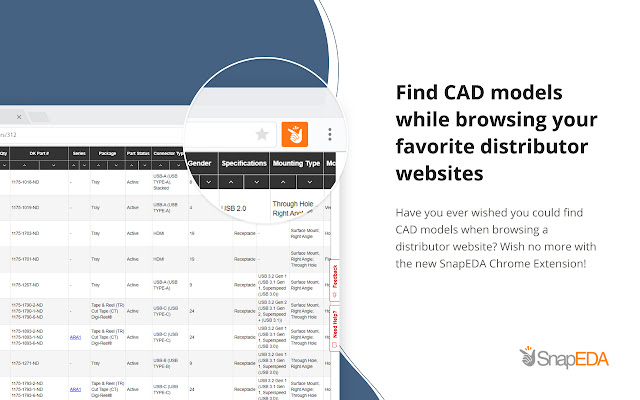
Find CAD models on every distributor site with the SnapEDA Chrome extension
Read moreHave you ever wished you could find CAD models while browsing your favorite distributor sites? Today, we’re thrilled to announce our new SnapEDA Chrome extension which will allow you to find CAD models on nearly every electronic component distributor website across the web. Here’s how it works: While browsing your favorite distributor websites, the Chrome…
-
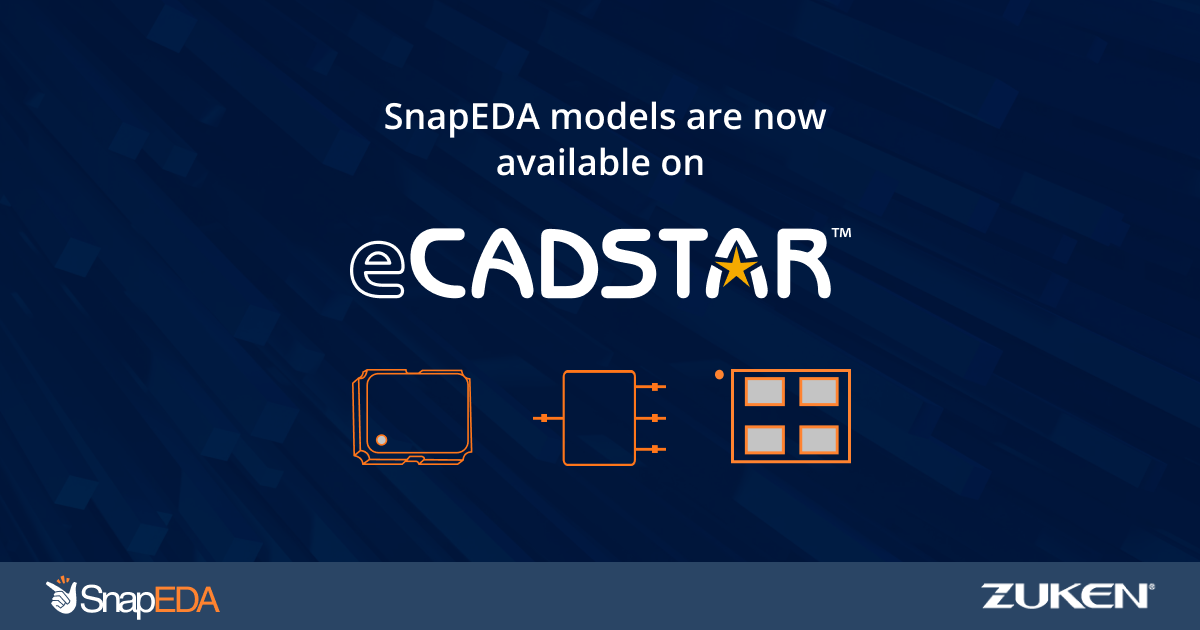
Welcoming Zuken eCADSTAR to the SnapEDA community
Read moreToday, we are pleased to announce our collaboration with Zuken to help eCADSTAR users design electronics faster. As part of this collaboration, our ready-to-use symbols, footprints, and 3D models can now be downloaded in the Zuken eCADSTAR format. Additionally, through this collaboration the SnapEDA component search and download experience is now embedded within the eCADSTAR…
-
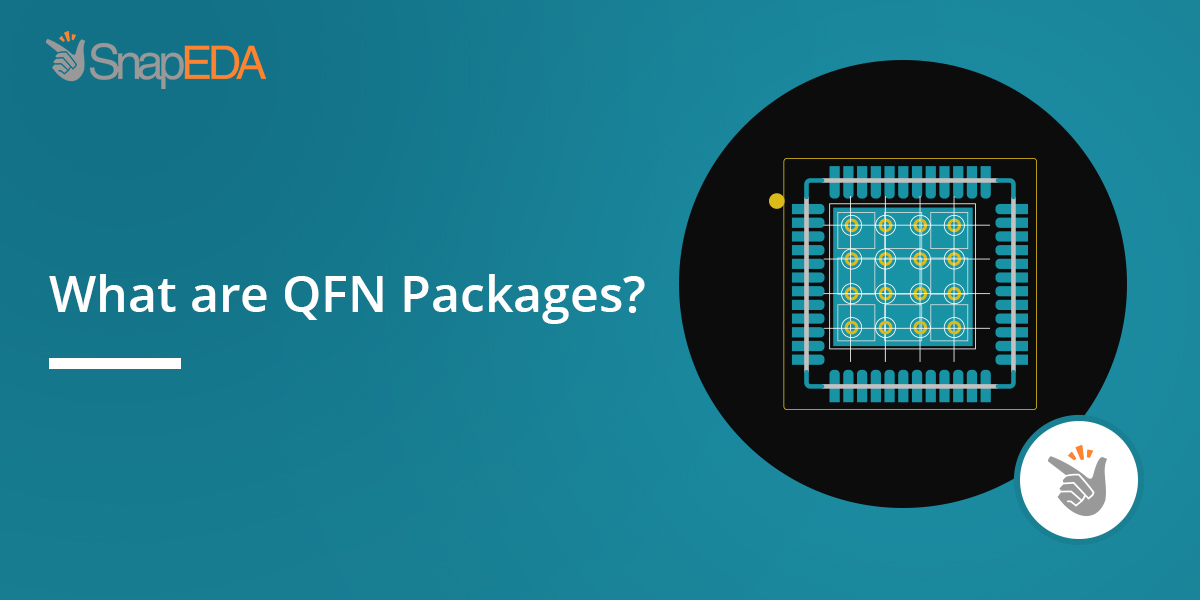
What are QFN Packages?
Read moreQFN (quad flat no-lead) package is an IC component best used for programmable modules and microcomputers. It is also recommended to use this package for PCB designs with size, thickness and weight considerations. It is also known as quad micro leadframe package. Using QFN Packages Pros: Size and weight– It is a thin, compact package…
-
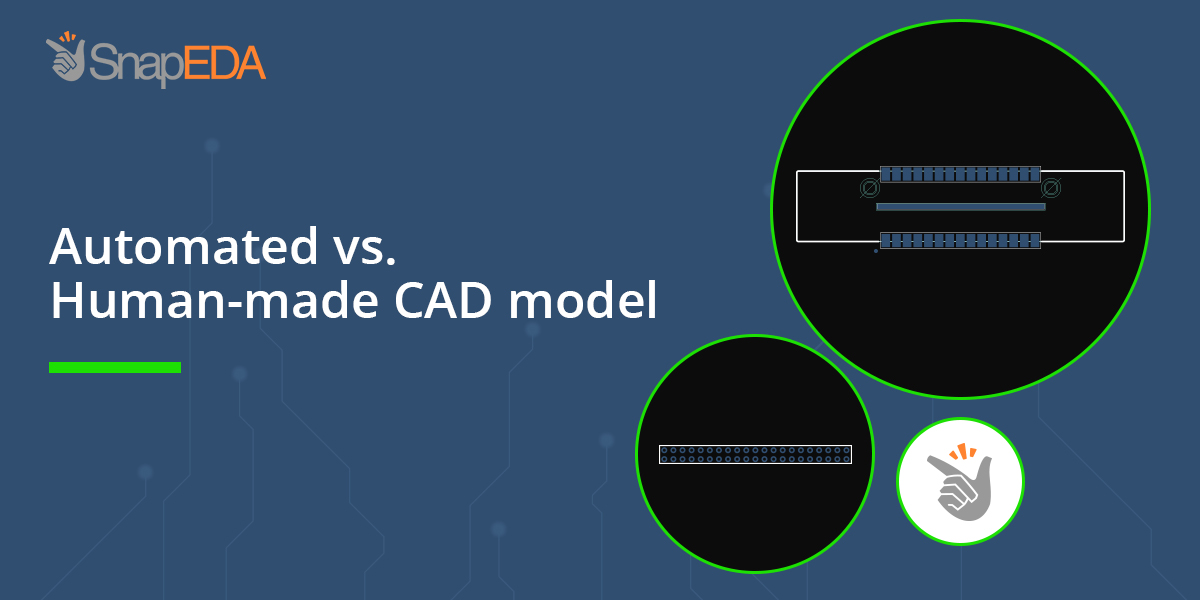
Automated vs. Manually-Created CAD Models
Read moreAre software-generated CAD models better or worse than those created manually by engineers? What are the pros and cons of each development style? In this post, we list the pros and cons of each type of model, and then share SnapEDA’s development process. Manually-Created CAD Models Manually created models are made individually based on a…
-
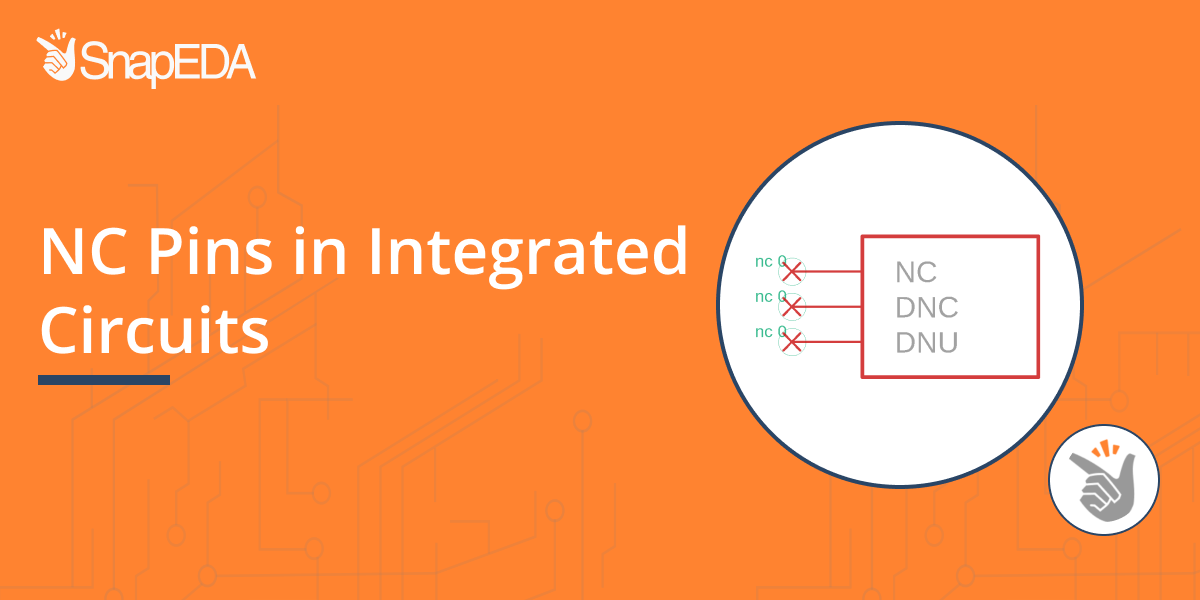
NC Pins in Integrated Circuits
Read moreWhat are the uses of an NC pin? 1. Device groundingThe NC pin can be connected to ground to improve thermal capacity or heat dissipation (if the option is applicable for the device as stated in the datasheet). 2. Component testingAn NC pin, by default, should be left unconnected or floating because most of the…
-
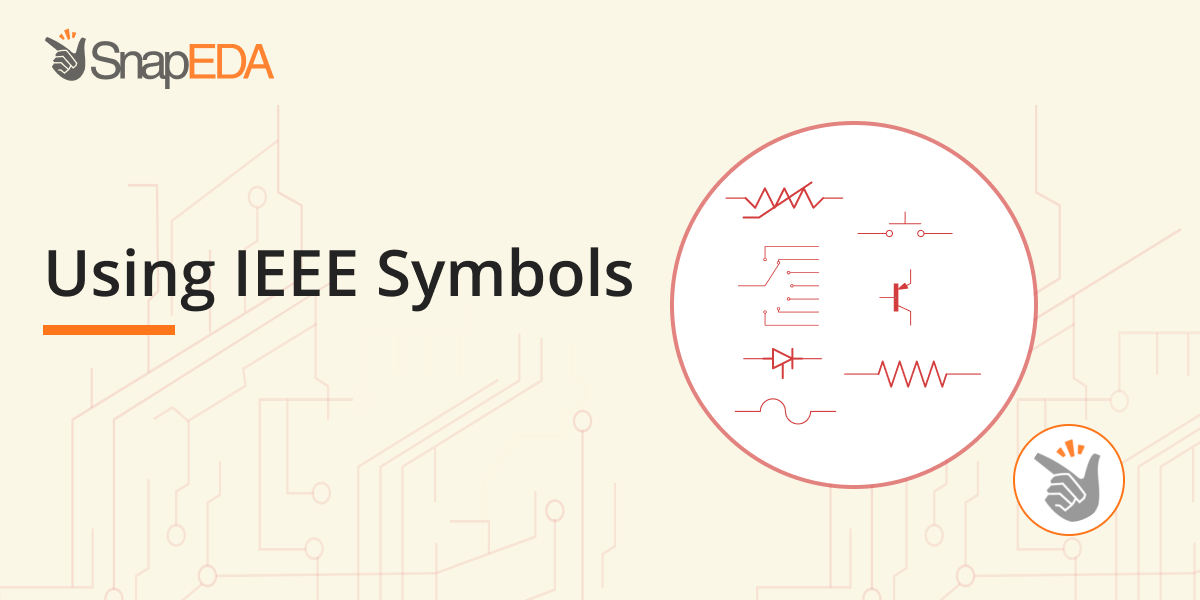
Using IEEE Symbols
Read moreWhat is IEEE? IEEE (pronounced as I, triple E) stands for Institute of Electrical and Electronics Engineers. This is an association that develops design-based, functional standards to follow in the electronics design industry. At SnapEDA, we create symbols based on IEEE 315-1975 standard (as well as ANSI, CSA and IEC approved symbols) and our own internal…

